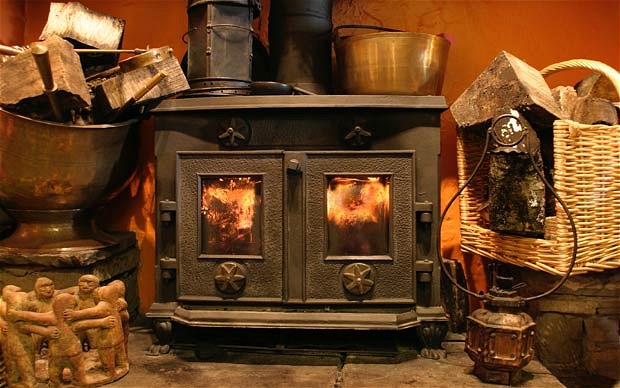The fact that the body of any wood-burning/multifuel stove is made from cast iron or similarly durable materials tends to give the impression they are in effect “bombproof”. Many people automatically assume they can throw in as much wood or solid fuel as they like with no repercussions, simply greater heat output. However, this is a common misconception and overheating can prove to be extremely costly in the long term.
Optimum efficiency
Each stove will have an optimum efficiency which relates to a specific temperature within the combustion chamber. The fact that the majority of stoves today have primary, secondary and tertiary combustion phases means that all excess material/gas is burnt and burnt again to create more heat. If you use the analogy of a car, your vehicle will be more efficient at for example 70 miles an hour on a motorway than if you were speeding at 100 miles an hour. The faster your speed above 70 miles an hour the less efficient the vehicle becomes and the chance of greater wear and tear and need for replacement parts. The situation is no different for a wood-burning or multifuel stove.








